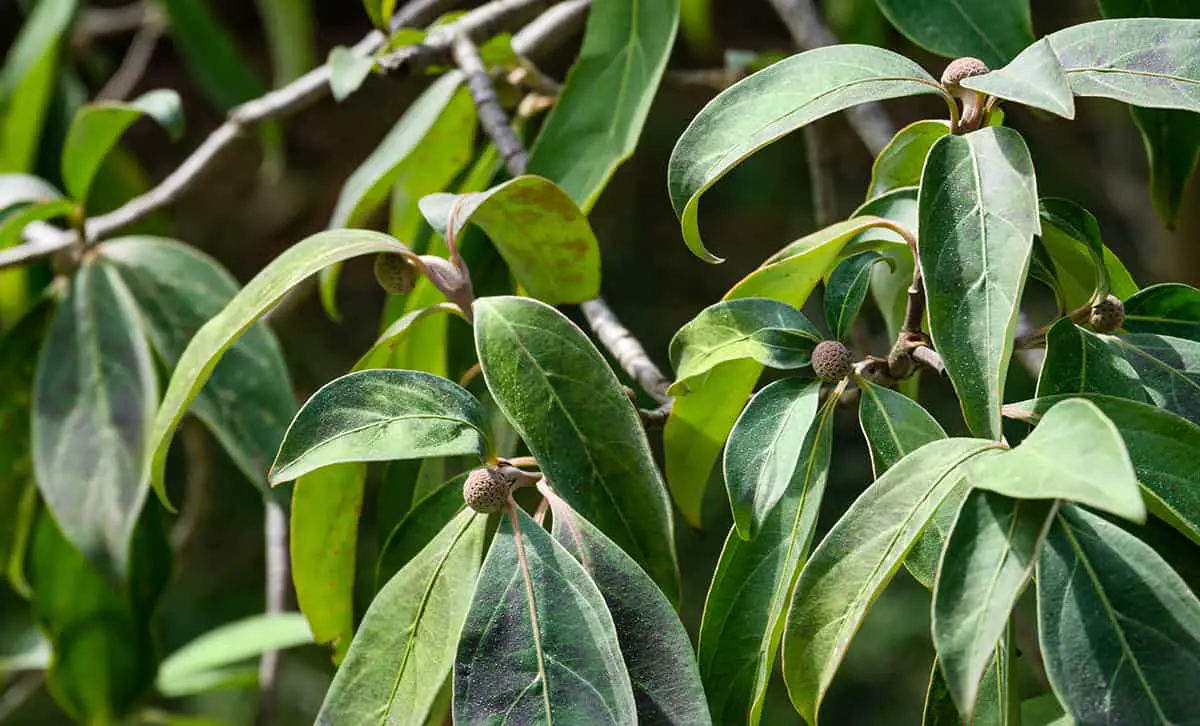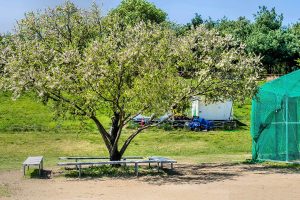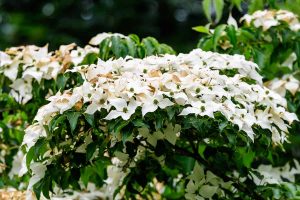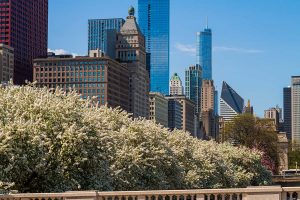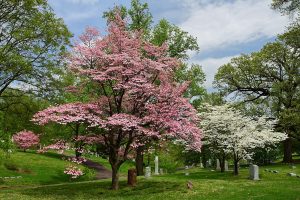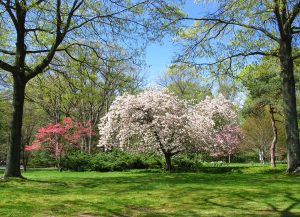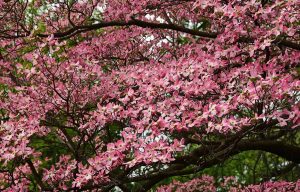Dogwood leaves curling can be a concerning issue for gardeners and tree enthusiasts. When your dogwood tree exhibits curled leaves, it’s often signaling distress. Within the various species of dogwoods, leaf curling is a symptom commonly associated with environmental stress, pests, or disease.
Identifying the underlying cause of leaf curling requires careful observation. It may be due to inadequate water supply, pest infestation, or a fungal disease. Proper diagnosis is critical to effectively treat and manage the condition, ensuring the health of your dogwood tree.
Table of Contents
Causes of Dogwood Leaf Curling
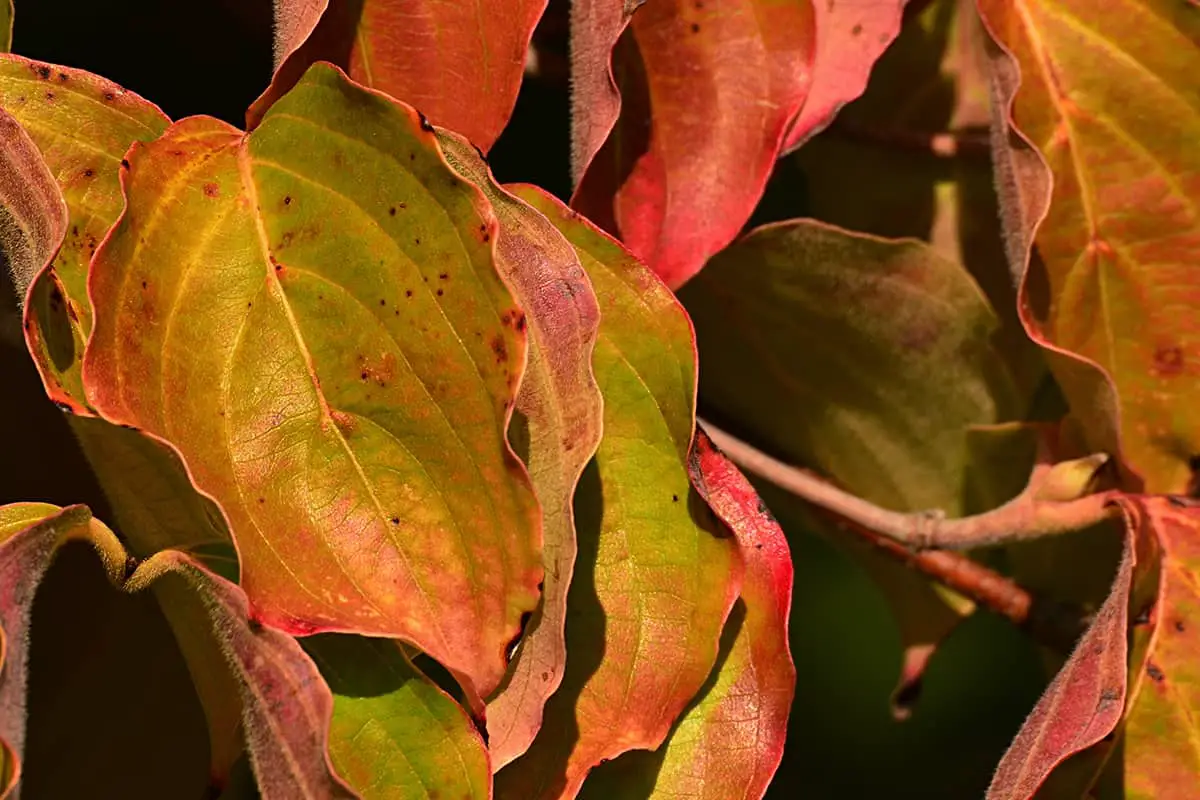
Dogwood leaf curling can indicate several potential issues. You will learn about the common causes that may require your attention.
Pest Infestation
An infestation by pests like the dogwood borer can cause your dogwood leaves to curl. This pest targets the flow of water from the roots to the leaves, impacting the tree’s health. Disease Infection
Diseases like powdery mildew manifest as white mildew on leaves, leading to curling and distortion. Additionally, leaf curling can result from phytotoxicity caused by Discula destructiva culture filtrates, one of the pathogens that leads to dogwood anthracnose.
Environmental Stressors
Your dogwoods may suffer from leaf curling due to environmental stressors such as: extreme temperatures, drought conditions, and poor soil quality.
These factors can disrupt normal growth patterns and cause leaves to curl as the tree attempts to conserve water.
Improper Care
Incorrect care practices can lead to leaf curling in dogwoods. To prevent this, it is essential to ensure proper watering by avoiding both under-watering and over-watering. Additionally, selecting a suitable planting location with well-draining soil and appropriate sunlight exposure is crucial. Regular maintenance, including mulching and pruning, is also necessary for the health of your dogwood.
Symptoms and Diagnosis
When you notice your dogwood leaves curling, it’s critical to assess the situation promptly. This section will guide you on identifying the symptoms and employing the right diagnostic techniques.
Identifying Signs of Distress
Identifying signs of distress in plants is crucial for their health. Leaf curling, which is a departure from the appearance of healthy foliage, often signals stress. Changes in color, such as yellowing or browning of the leaves, are also indicators of distress. If leaves fall prematurely in the season, this can be a sign of underlying problems. Additionally, a wilted texture in leaves, as opposed to lively and firm, frequently accompanies stress.
Below are some common signs of distress, along with their potential causes:
- Leaf curling may be due to water issues, pests, or diseases.
- Alterations in leaf color can indicate nutrient deficiencies or exposure to toxins.
- An early drop of leaves often points to root damage or environmental stress.
- A wilted appearance in leaves could result from heat stress or overwatering.
Diagnostic Techniques
Visual Inspection: Start by examining the affected leaves and stems. Look for patterns of damage that could point to specific issues like pests or chemical exposure.
Environmental Check: Review recent changes in your dogwood’s environment. Excess water, herbicide drift, or extreme temperatures can cause leaves to curl.
Professional Testing: If initial checks don’t reveal the cause, consider consulting experts. They can conduct tests for diseases like dogwood anthracnose or pests contributing to the leaf curling.
Treatment and Management
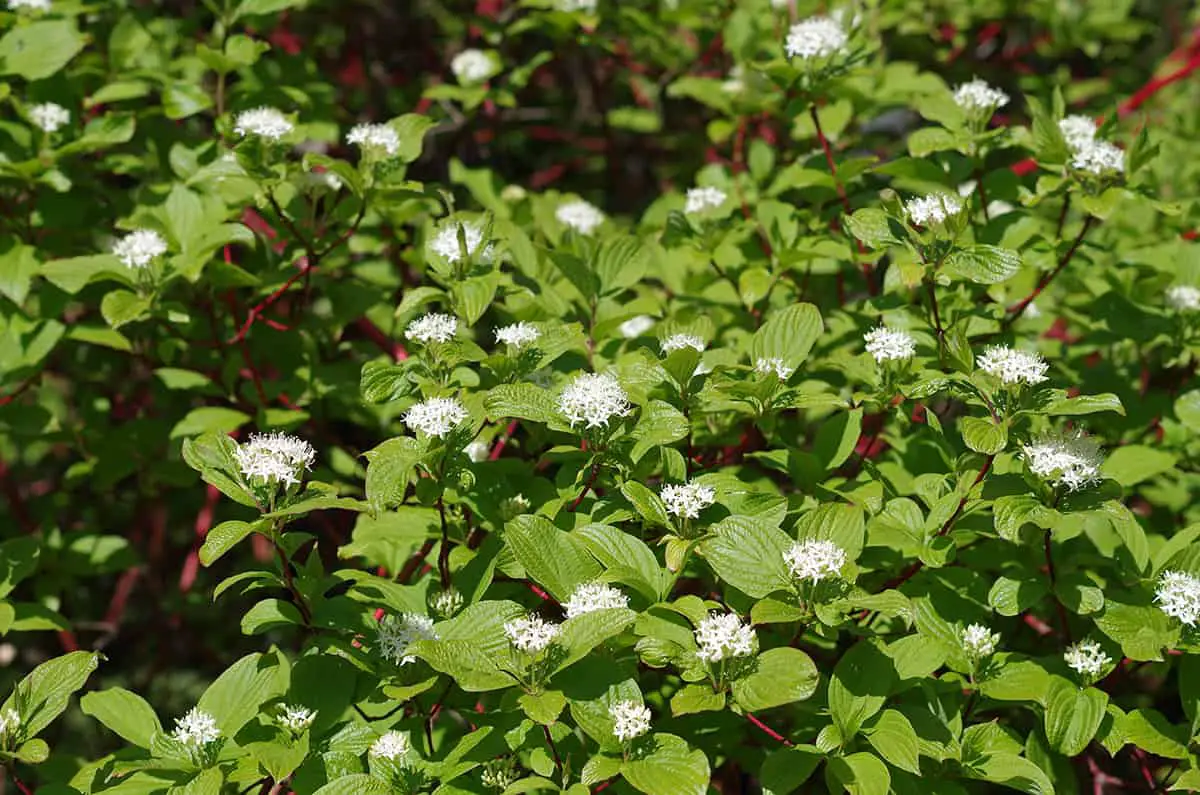
To effectively tackle dogwood leaves curling, you must adopt a strategic approach. This includes pest control measures, disease management, cultural practices, and environmental adjustments that support the health of your dogwood trees.
Pest Control Measures
Protect your dogwoods from pests to prevent leaf curling. The dogwood borer is a significant pest, causing stress which can lead to curled leaves. Use insecticides labeled for borers and apply during their active season to limit damage.
Disease Management
Fungal diseases like powdery mildew can cause leaf curling. Treat infected dogwood trees with fungicides containing soybean oil, a proven remedy against this disease. Timely application can reduce the severity of infection and help keep leaves flat and healthy.
Cultural Practices
Your dogwoods thrive with proper care. Ensure ample watering, especially during dry spells, to reduce stress that can contribute to leaf curling. Mulching helps retain soil moisture and protect roots. Plant dogwoods in well-draining soil to avoid water-related stress.
Environmental Adjustments
Adjust surrounding conditions to minimize leaf curl. Shield your dogwoods from intense sunlight and heat by providing adequate shade or planting in locations with natural afternoon cover. Maintain healthy air circulation around trees to reduce high humidity levels, which can exacerbate curling.
Prevention Strategies
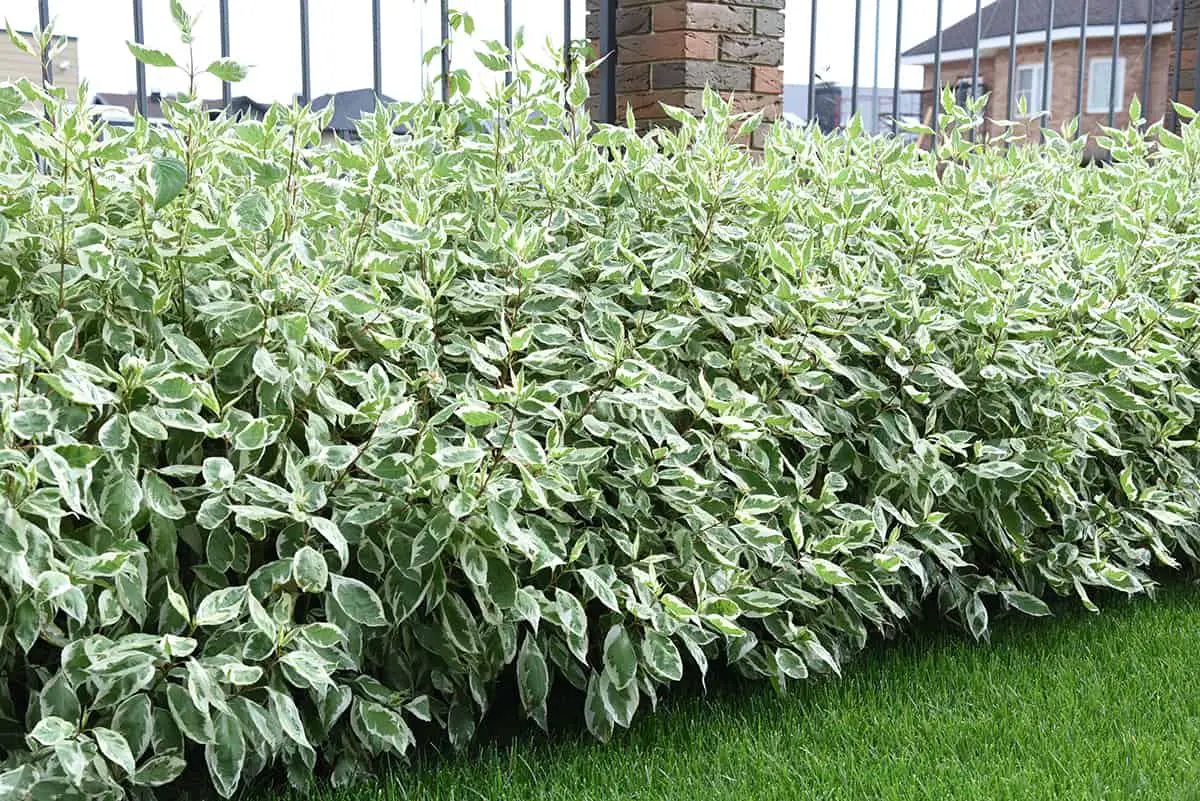
Preventing Dogwood leaves from curling begins with proper care and attention to detail. Your proactive approach can maintain the health and beauty of your trees.
Proactive Care
Select Dogwood species and cultivars that are known for their resistance to pests and diseases. It’s also important to prune correctly; regularly remove diseased or dead branches to minimize the risk of infection.
Regular Monitoring
Be vigilant in identifying pests, such as dogwood borers, promptly, as early detection can help prevent leaf curling.
Optimal Growing Conditions
Make sure it is planted in well-draining soil to prevent waterlogging. Additionally, ensure adequate watering to avoid drought stress, which can be a common cause of leaf curling.
